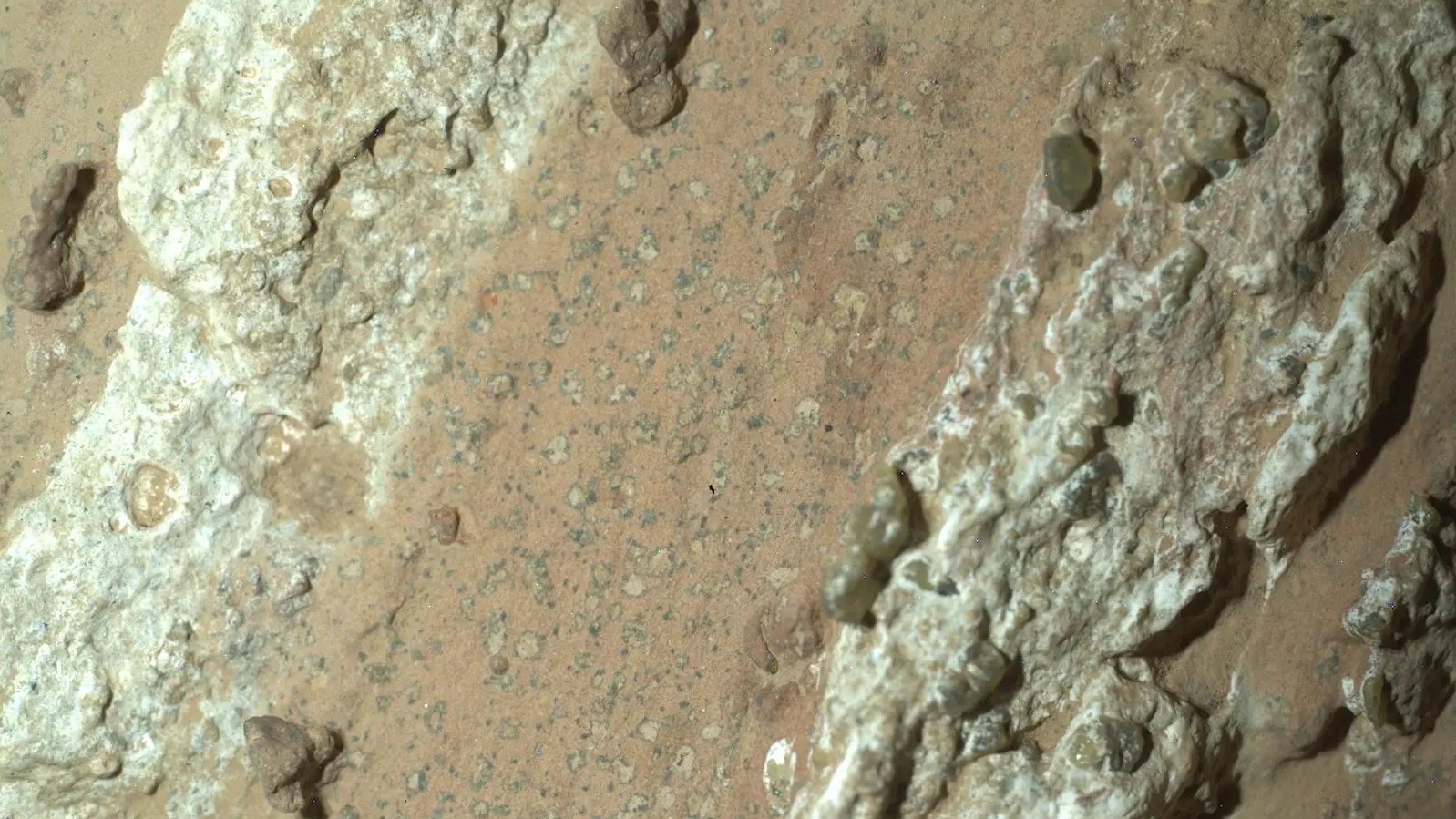How Nasa will attempt to ‘touch the Sun’
Parker Solar Probe, which launches this week, will fly closer to the Sun that any man-made object in history

Nasa is set to launch a space exploration mission this week that will attempt to “touch the Sun” and could offer vital clues about how solar energy works.
The Parker Solar Probe, which is due to be launched from Cape Canaveral on Saturday, will fly closer to the Sun than any man-made object in history, beaming back invaluable new data on the star’s properties and atmospheric conditions over a seven-year period.
The project is named in honour of American physicist Eugene Parker who first speculated on the nature of solar winds in 1958, and the first time a Nasa mission has honoured a living person.
The Week
Escape your echo chamber. Get the facts behind the news, plus analysis from multiple perspectives.

Sign up for The Week's Free Newsletters
From our morning news briefing to a weekly Good News Newsletter, get the best of The Week delivered directly to your inbox.
From our morning news briefing to a weekly Good News Newsletter, get the best of The Week delivered directly to your inbox.
While Nasa scientists have intended to launch a solar mission for decades, cuts made to the space programme by successive presidents have hampered development, while “only recent technological advances in cooling systems and fault management have made it possible” says The Independent.
On its final close approach, in 2025, the Parker Solar Probe will get within 4 million miles of the Sun's surface — so close that it will actually fly through the star's incredibly hot atmosphere, called the corona, Nasa officials have said.
This will enable the probe to work on three main questions: why its atmosphere becomes hotter farther away from the surface of the Sun, how the solar wind of charged particles streaming out into space is born, and what causes the gigantic outbursts scientists call coronal mass ejections.
“The answers could be crucial to scientists' understanding of how stars beyond our solar system work” says Space.com, adding that “closer to home, the probe's work should also help scientists understand and predict the hazards of living near a star” including why solar activity can interfere with communications and navigation systems.
A free daily email with the biggest news stories of the day – and the best features from TheWeek.com
-
 Political cartoons for January 3
Political cartoons for January 3Cartoons Saturday's political cartoons include citizen journalists, self-reflective AI, and Donald Trump's transparency
-
 Into the Woods: a ‘hypnotic’ production
Into the Woods: a ‘hypnotic’ productionThe Week Recommends Jordan Fein’s revival of the much-loved Stephen Sondheim musical is ‘sharp, propulsive and often very funny’
-
 ‘Let 2026 be a year of reckoning’
‘Let 2026 be a year of reckoning’Instant Opinion Opinion, comment and editorials of the day
-
 The 5 biggest astronomy stories of 2025
The 5 biggest astronomy stories of 2025In the spotlight From moons, to comets, to pop stars in orbit
-
 Blue Origin launches Mars probes in NASA debut
Blue Origin launches Mars probes in NASA debutSpeed Read The New Glenn rocket is carrying small twin spacecraft toward Mars as part of NASA’s Escapade mission
-
 ‘The Big Crunch’: why science is divided over the future of the universe
‘The Big Crunch’: why science is divided over the future of the universeThe Explainer New study upends the prevailing theory about dark matter and says it is weakening
-
 The moon is rusting
The moon is rustingUnder the radar The Earth is likely to blame
-
 Panspermia: the theory that life was sent to Earth by aliens
Panspermia: the theory that life was sent to Earth by aliensUnder The Radar New findings have resurfaced an old, controversial idea
-
 Africa could become the next frontier for space programs
Africa could become the next frontier for space programsThe Explainer China and the US are both working on space applications for Africa
-
 NASA reveals ‘clearest sign of life’ on Mars yet
NASA reveals ‘clearest sign of life’ on Mars yetSpeed Read The evidence came in the form of a rock sample collected on the planet
-
 SpaceX breaks Starship losing streak in 10th test
SpaceX breaks Starship losing streak in 10th testspeed read The Starship rocket's test flight was largely successful, deploying eight dummy satellites during its hour in space